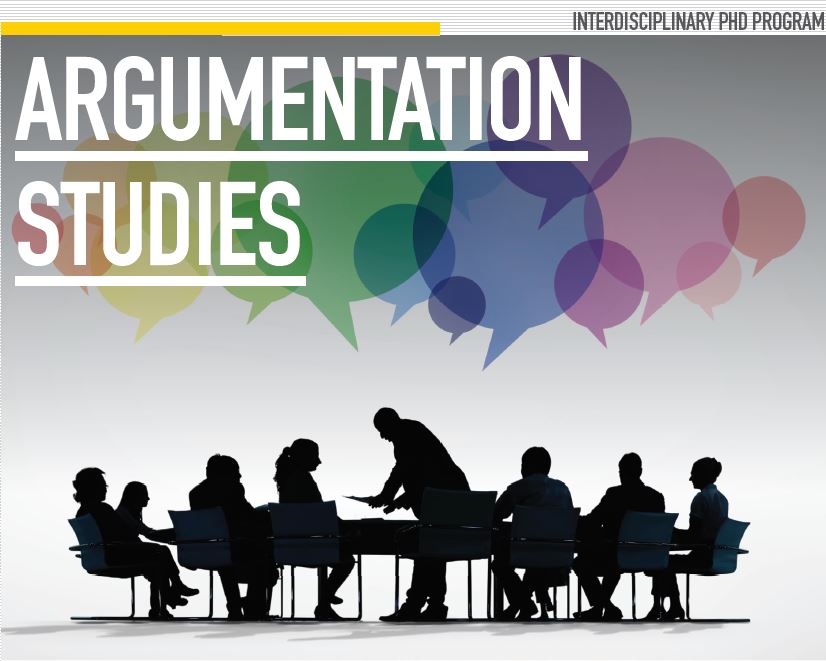
Location
University of Windsor
Document Type
Paper
Start Date
6-6-2007 9:00 AM
End Date
9-6-2007 5:00 PM
Abstract
The totality of evidence heard in a trial is usually collectively inconsistent, indeed often jointly incoherent. In those cases in which each party offers its own theory of the evidence, an abduction is forwarded which best explains a coherent subset of the evidence. Since these are themselves often jointly incoherent subsets S and S*, we have the following difficulty. Opposing theories are those which purport best to explain different sets of the evidence. In that sense, they aren’t rival theories. How could they be, since “E best explains S” and “~E best explains S*” could both be true? How can the defence’s theory of the case answer the prosecution’s if it does not in some sense contradict it? Examination of the empirical record suggests that when faced with this kind of incommensurability, jurors form their own evidential subsets, for which they themselves try to furnish seek for the best explanation. This at once raises a difficult question. On what basis does a juror select the evidence which his eventual abduction will best explain? It is well-understood that opposing counsel select their respective evidence-sets tendentiously, with a view to facilitation of the desired abduction. But jurors are sworn to objectivity and impartiality. How, or whether, jurors manage to fulfill this obligation is the subject of this paper. A solution will be proposed that draws on Simulation Theory, which arises from recent psychological research.
Creative Commons License

This work is licensed under a Creative Commons Attribution 4.0 International License.
Response to Submission
Jerome E. Bickenbach, Commentary on Woods
Reader's Reactions
Jerome E. Bickenbach, Commentary on Woods (June 2007)
Included in
The Incommensurability of Rival Legal Abductions
University of Windsor
The totality of evidence heard in a trial is usually collectively inconsistent, indeed often jointly incoherent. In those cases in which each party offers its own theory of the evidence, an abduction is forwarded which best explains a coherent subset of the evidence. Since these are themselves often jointly incoherent subsets S and S*, we have the following difficulty. Opposing theories are those which purport best to explain different sets of the evidence. In that sense, they aren’t rival theories. How could they be, since “E best explains S” and “~E best explains S*” could both be true? How can the defence’s theory of the case answer the prosecution’s if it does not in some sense contradict it? Examination of the empirical record suggests that when faced with this kind of incommensurability, jurors form their own evidential subsets, for which they themselves try to furnish seek for the best explanation. This at once raises a difficult question. On what basis does a juror select the evidence which his eventual abduction will best explain? It is well-understood that opposing counsel select their respective evidence-sets tendentiously, with a view to facilitation of the desired abduction. But jurors are sworn to objectivity and impartiality. How, or whether, jurors manage to fulfill this obligation is the subject of this paper. A solution will be proposed that draws on Simulation Theory, which arises from recent psychological research.
